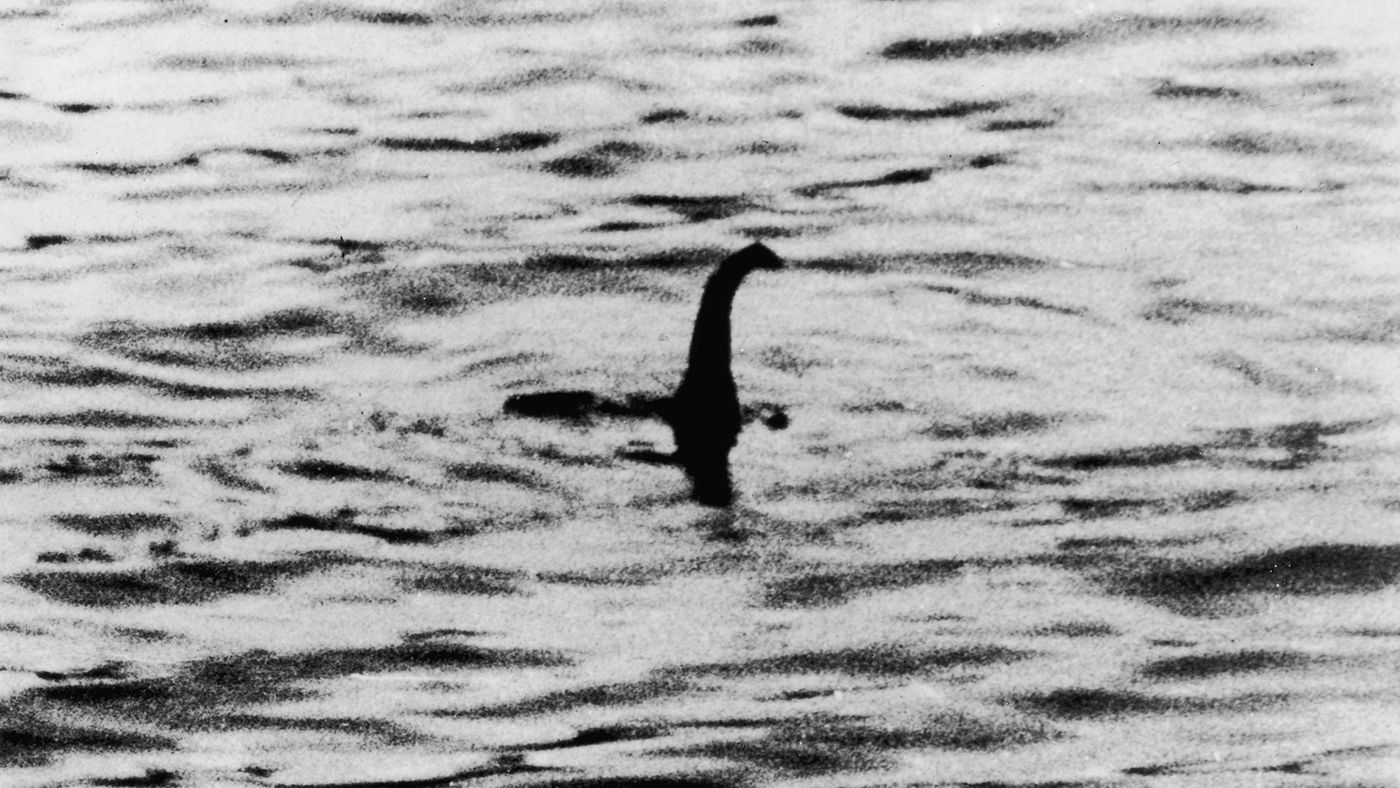7 of the Most Unbelievable Success Stories in Online Gambling
Online gambling has its fair share of skeptics, but the digital realm of chance and strategy also boasts stories of individuals who turned their luck and wits into unbelievable fortunes. For those seeking excitement, the world of online slots beckons with its vibrant allure, offering a thrilling experience that has made it synonymous with the best online slots available.
Here are 7 of the most jaw-dropping success stories in online gambling to showcase that sometimes…









